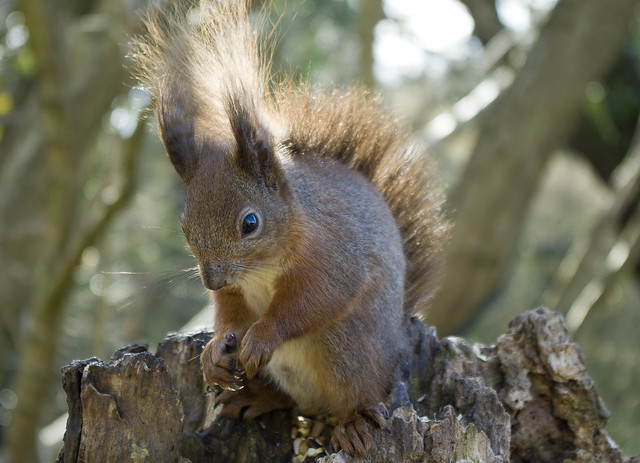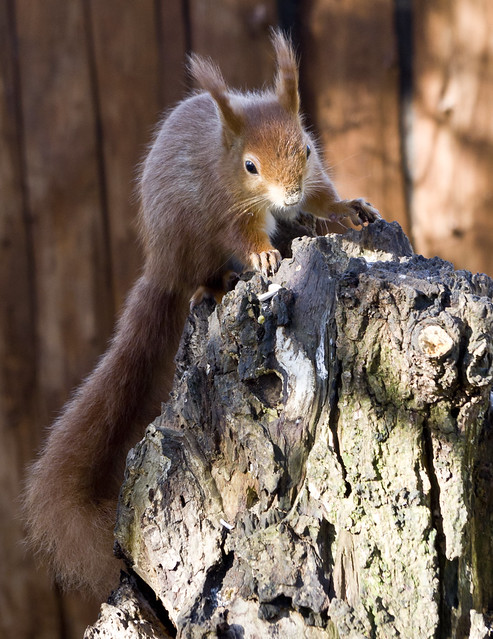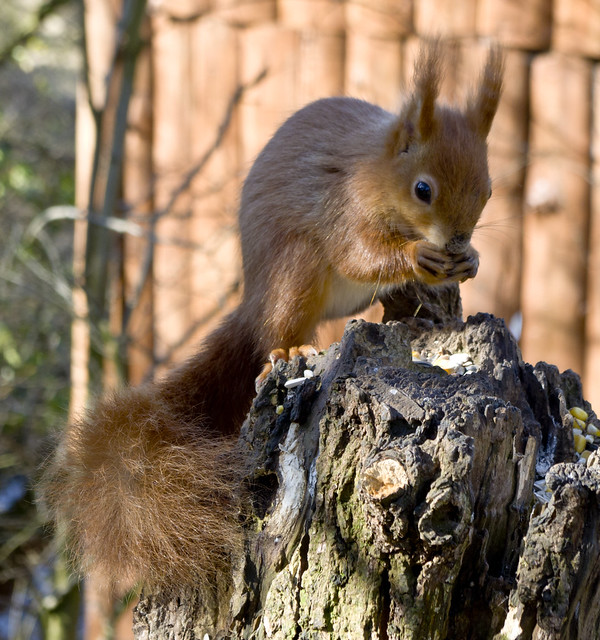MegaSack DRAW - This year's winner is user - rgwb
We will be in touch
[i]Head North.[/i]
Slightly easier to got to the IoW (ie. South)
I've never seen a live mole either.
Posted : 20/03/2015 10:15 am
Cute! I'll be over in the summer 🙂
Posted : 22/03/2015 6:27 pm
Great pics Bigyinn!
What abouts where they taken?
Posted : 22/03/2015 6:53 pm
OP - you need a Pine Marten.... Longj - I read something the other day about reintroducing the pine marten to the South West of England.
Already been covered at some length. As I said earlier, a young female marten has been filmed, actually in Cornwall, not Devon as I thought. A bit like the Dorset beavers, nobody has a clue how it got there.
It's possible it's an unofficial re-introduction, but one young female isn't going to do much good, as George Monbiot points out, a large-scale re-introduction across a fairly wide area of English woodland is what's needed to have any impression on grey numbers.
It would be wonderful to see wild martens in our woodlands, having Ravens and kites back in our skies is great, too.
I was watching my favourite local pair of Ravens this afternoon, they've re-built their nest and have young in it now.
Not many grey squirrels on the chalk downs for them to have a go at, sadly.
Posted : 22/03/2015 7:06 pm
mitsumonkey - MemberGreat pics Bigyinn!
What abouts where they taken?
Thanks!
They were taken this afternoon on the Isle of Wight, about 30 mins riding away from Ryde (although I cheated and drove / walked).
Posted : 22/03/2015 8:22 pm
Page 2 / 2
Prev



